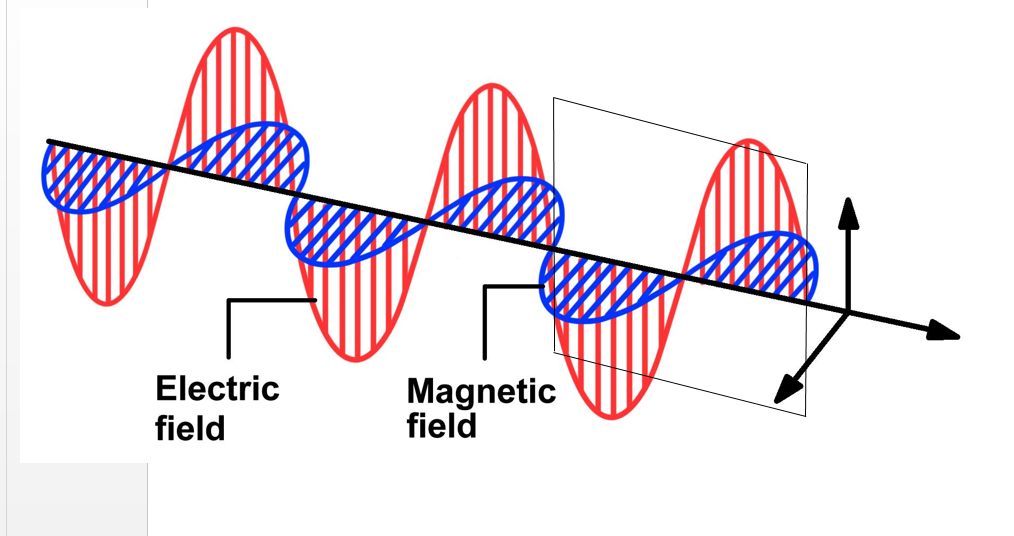EMF Induced In A UHF Loop Antenna
A square loop of wire of a single turn, used as a UHF antenna, is located meters from an antenna broadcasting at a frequency of . The power of the source is 50 kilowatts. The loop of wire is oriented so that the magnetic component of the electromagnetic wave produced by the antenna is perpendicular to the plane of the loop and the wave number vector is parallel to two sides of the loop, and has side equal to the wavelength of the signal from the antenna.
What is the root mean square electromotive force generated in the loop?
The answer is 0.0.
This section requires Javascript.
You are seeing this because something didn't load right. We suggest you, (a) try
refreshing the page, (b) enabling javascript if it is disabled on your browser and,
finally, (c)
loading the
non-javascript version of this page
. We're sorry about the hassle.
Relevant wiki: Magnetic Flux and Faraday's Law
Let λ be the wavelength of the signal and let k be the wave number . Then, by definition, k = λ 2 π .
The angular frequency, ω , is related to the frequency, f , by ω = 2 π f . Because the loop is very far from the antenna, one can consider the signal to be a plane wave at the location of the loop. The component of the magnetic field perpendicular to the plane of the loop is B = B 0 sin ( k x − ω t ) , where B 0 is the amplitude of the wave at the location of the loop. The instantaneous magnetic flux through the orange strip of width d x in the figure on the right is
d ϕ = S B 0 sin ( k x − ω t ) d x .
The total instantaneous magnetic flux through the loop is
ϕ = S B 0 ∫ 0 S sin ( k x − ω t ) d x
The integration followed by a trigonometric identity ( sin ( P ± Q ) = sin P cos Q ± cos P sin Q ) gives
ϕ = k 2 B 0 S sin 2 k S sin 2 k S − 2 ω t .
From Faraday's law, the instantaneous emf induced in the loop is ε = − d t d ϕ .
Therefore,
ε = ω k 2 B 0 S sin 2 k S cos 2 k S − 2 ω t .
The root mean square of the cosine factor over one period is 2 2 .
Hence,
ε rms = 2 2 ω k 2 B 0 S sin 2 k S .
Using k = λ 2 π and S = λ gives ε rms = 0 .
The picture below shows how the correct answer can be obtained without any calculation. Notice that as the plane EM wave moves in the direction indicated, the magnetic flux leaving the square, with sides equal to the wavelength, is replaced at the same rate by flux entering the square. Therefore the total magnetic flux through the square is constant! Hence no induced EMF.